DRFN has spent decades working with language experts to record and develop educational materials for their Dane-zaa Záágéʔ language. Their learning resources include audio files so learners can hear the words directly from a community member and then try the pronunciation themselves. Following are some of those resources including links to further materials.
Audio Booklets
Most recently, the language team created a number of booklets that provide opportunities to learn Dane-zaa záágéʔ. These learning resources were created jointly through the collaborative efforts of multi-generations of DRFN members, ranging from grandparents to grandchildren. Click on the booklets below to learn some of our language.
First Voices
The First Voices website provides a wide range of interactive resources to learn Dane-zaa Záágéʔ words and phrases. You can easily search common phrase categories in the menu or look them up alphabetically. Additionally, language students can enjoy learning through playing interactive, on-line puzzles, word searches, word scrambles as well as other games.
Games
Learning Dane-zaa záágéʔ language is fun when you try out the different games that have been developed to support learning. Click on the samples below to try them out and visit the site to find more.
Additional Language Resources
- Dane-zaa Zaage (Beaver Language) Pronunciation Guide
- DRFN’s YouTube Channel – check out our playlist for language learning resources.
- Resources from Robin Ridington, anthropologist, who worked for many years with DRFN including the Charlie Yahey Creation Story and A Tree for My People.
Our YouTube channel provides 6 very brief videos to introduce you to basic Dane-zaa záágéʔ words and phrases through one of our language experts, Shirley Acko.
Resources by Marshall and Jean Holdstock
Marshall and Jean Holdstock worked with the people of DRFN between the 1970’s and the 1990’s.
Following are some of the Dane-zaa Záágéʔ learning resources they produced:
Introduction to Conversational Beaver, 1992
This document was designed to introduce spoken Beaver in the classroom. Along with introducing spoken Beaver, the language materials will allows Native students to increase their appreciation of cultural heritage and the richness of their language.
The Beaver Alphabet Book, 1992
This book was produced to be used in the pilot project introducing spoken Beaver in the classroom. It introduces the Beaver alphabet by using words which are relevant to the students’ Native culture. The words are illustrated and put in a format that can be colored by the children.
A Beaver Indian dictionary for school use, 1984
This is a preliminary dictionary containing only a small sample of the Beaver language. The purpose of the book is to assist students in understanding written Beaver and to encourage Beaver speakers to write and become creative in their language.
100 Daneẕaa úúyííni (100 Beaver Names), 1972
This booklet is for the enjoyment of the Beaver Indian People. It is a collection of personal names and nicknames, many of which have to English equivalent.
Link to additional language resources on OLAC website by Marshall and Jean Holdstock





